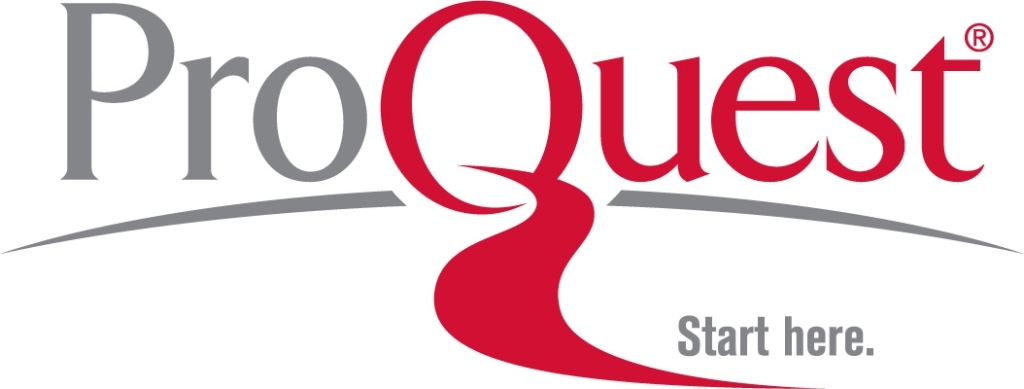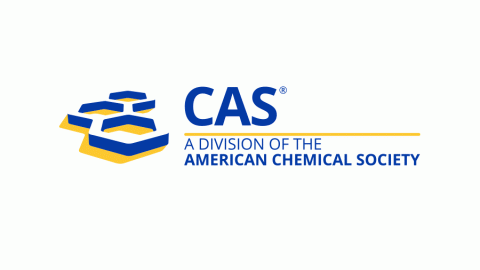Growth Performance Indices of New Zealand White Rabbits Administered Panax ginseng Extracts
DOI:
https://doi.org/10.15835/nsb11410405Keywords:
growth pattern; gender effect; morphometrics; plant extract; weight gainAbstract
Treatment with Panax ginseng has been reported to elicit various biological effects in both animal and human models. Among the reported effects on animal are protein synthesis and growth promoting ability. For a better understanding, the current experiment was conducted to evaluate the effect of oral administration of P. ginseng extracts (PGEs) on growth performance parameters of growing New Zealand White (NZW) rabbits. A total of 48 NZW male and female rabbits, with the average age of two months were used for the experiment, conducted in a Randomized Complete Block Design (RCBD). The rabbits were organized into 3 groups of 16 rabbits each (8 males and 8 females), on weight equalization basis and randomly assigned to 3 treatments: T1, T2 and T3, containing PGEs at 0.0, 200.0 and 400.0 mg/ml, respectively. Final body weight and total body weight gain of the male rabbits on T2 and T3 were significantly (p < 0.05) higher than those of male rabbits on T1, while feed conversion ratio for the male rabbits recorded a higher (p < 0.05) value in T1 than in T2 and T3, which were similar (p < 0.05). Trunk length and breast girth of the male rabbits were significantly (p < 0.05) higher in T3 than in T1 and T2. Feed intake pattern was similar among the male rabbits, but different between males and females. Significant (p < 0.05) differences were not observed in all parameters measured among female rabbits, but all experimental rabbits followed the same pattern of body weight gain. Oral administration of Panax ginseng extracts at 200 and 400 mg/ml levels enhanced feed conversion ratio in male NZW rabbits, thereby increasing body weight gain, trunk length and breast girth, while feed intake patterns slightly differed between the male and female growing rabbits.
Metrics
References
Ahima RS, Antwi DA (2008). Brain regulation of appetite and satiety. Endocrinology and Metabolism Clinics of North America 37(4):811-823.
Ang-Lee MK, Moss J, Yuan CS (2001). Herbal medicines and perioperative care. Journal of the American Medical Association 286(2):208-216.
Ao X, Zhou, TX, Kim HJ, Hong SM, Kim IH (2011). Influence of fermented red ginseng extract on broilers and laying hens. Asian-Australian Journal of Animal Science 24(7):993-1000.
Baeg In-Ho, Seung-Ho So (2013). The world ginseng market and the ginseng. Journal of Ginseng Research 37(1):1-7.
Edens NK, Reaves LA, Henry DE (2001). Extract of ginseng stimulates glucose transport and inhibits lipolysis in vitro. Diabetes 50:A413.
Esonu BO (2015). Animal nutrition and feeding: A functional approach (3rd ed). Hudson-Jude, Nigeria.
Frandson RD, Wilke WL, Fails AD (2009). Anatomy and physiology of farm animals (7th ed). Wiley-Blackwell, USA.
Gidenne T, Lebas F, Fortun-Lamothe L (2010). Feeding behaviour of rabbits. In: de Blas C, Wiseman J (Eds). Nutrition of the Rabbit (2nd ed). CAB International pp 233-252.
Khalil WK, Ahmed KA, Park MH, Kim YT, Park HH, Abdel-Wahhab MA (2008). The inhibitory effects of garlic and Panax ginseng extract standardized with ginsenoside Rg3 on the genotoxicity, biochemical, and histological changes induced by ethylenediaminetetraacetic acid in male rats. Archives of Toxicology 82:183-195.
Kim HD, Ha SE, Kang JR, Park JK (2010). Effect of Korean red ginseng extract on cell death responses in peroxynitrite-treated keratinocytes. Journal of Ginseng Research 34(3):205-211.
Lakshmi T, Anitha R, Geetha RV (2011). Panax ginseng - A universal panacea in the herbal medicine with diverse pharmacological spectrum - A review. Asian Journal of Pharmaceutical and Clinical Research 4(1):14-18.
Lawrence TLJ, Fowler V (2002). Growth of farm animals (2nd ed). CABI International, Wallingford Oxfordshire, UK.
Lee BH, Jeong SM, Lee JH, Kim DH, Kim JH, Kim JI, Shin HC, Lee SM, Nah SY (2004). Differential effect of ginsenoside metabolites on the 5-HT3A receptor-mediated ion current in Xenopus oocytes. Molecules and Cells 17(1):51-56.
Lien TF, Lin KJ, Yang LL, Chen LG (2013). Effects of supplemental levels of Bazhen on growth performances, serum traits, immunity, meat quality and antioxidant activity of Taiwan country chickens. Asian-Australasian Journal of Animal Sciences 26(5):675-682.
Mailafia S, Onakpa MM, Owoleke OE (2013). Problems and prospects of rabbit production in Nigeria – A review. Bayero Journal of Pure and Applied Science 3(2):20-25.
Obi IU (1990). Statistical methods of detecting differences between treatment means (2nd ed). Snaap Press, Nigeria.
Ogbuewu IP, Onyelekere BC, Etuk IF, Ezeokeke CT (2014). Physiological effect of egg laying on haematological and serum biochemical constituents of Japanese Quails (Coturnix coturnix Japonica). Nigerian Journal of Animal Science 16(1):85-93.
Onifade AA, Abu OA, Obiyan RI, Abanikannda OTF (1999). Rabbit production in Nigeria: Some aspects of current status and promotional strategies. World Rabbit Science 7(2):51-58.
Oremosu AA, Arowosaye VO, Akang EN, Bassey RB (2013). Effects of Cissus populnea and Panax ginseng on flutamide-induced testicular defect in pre-pubertal male rats. British Journal of Medicine and Medical Research 3(1):173-181.
Park JD, Rhee DK, Lee YH (2005). Biological activities and chemistry of saponins from Panax ginseng C.A. Meyer. Phytochemistry Reviews 4:159-175.
Salih NA (2012). Effect of ginseng (Panax ginseng) on experimentally induced diabetes mellitus in male rabbits. Al-Anber Journal of Veterinary Science 5(1):187-194.
Salvati G, Genovesi G, Marcellini L, Paolini P, DeNuccio I, Pepe M, Re M (1996). Effects of Panax ginseng C.A. Meyer saponins on male fertility. Panminerva Medica 38(4):249-254.
Shimaa AE (2014). Ameliorative effect of Korean red ginseng (Panax ginseng) on selenium induced hepatic toxicity in broilers. International Journal of Advanced Research 2(9):645-653.
Sotaniemi EA, Haapakoski E, Rautio A (1995). Ginseng therapy in non-insulin-dependent diabetic patients. Diabetes Care 18(10):1373-1375.
Steel RGO, Torrie JH (1980). Principles and procedures of Statistics. A biometric Approach (2nd ed). McGraw-Hill New York, USA.
United States Department of Agriculture (USDA), Natural Resources Conservation Service (NRCS) (2001). The Plants Database. National Plant Data Team Greensboro NC 27401-4901. Retrieved 2018 March 27 from http://plants.usda.gov.
World Health Organization (WHO) (1999). Monographs on Selected Medicinal Plants. Vol 1. Geneva, Switzerland. Retrieved 2018 August 6 from http://apps.who.int/medicinedocs/en/d/Js2200e.
Yan L, Meng QW, Lee JH, Wang JP, Kim IH (2011). Effects of dietary wild-ginseng adventitious root meal on growth performance, blood profiles, relative organ weight and meat quality in broiler chickens. Asian-Australian Journal of Animal Science 24(2):258-263.
Yang F, Zheng Y, Li D, Deng W (2003). Effect of shenfu injection on microcirculation. Journal of Biomedical Engineering 20(1):91-94.
Downloads
Published
How to Cite
Issue
Section
License
Papers published in Notulae Scientia Biologicae are Open-Access, distributed under the terms and conditions of the Creative Commons Attribution License.
© Articles by the authors; licensee SMTCT, Cluj-Napoca, Romania. The journal allows the author(s) to hold the copyright/to retain publishing rights without restriction.
License:
Open Access Journal - the journal offers free, immediate, and unrestricted access to peer-reviewed research and scholarly work, due SMTCT supports to increase the visibility, accessibility and reputation of the researchers, regardless of geography and their budgets. Users are allowed to read, download, copy, distribute, print, search, or link to the full texts of the articles, or use them for any other lawful purpose, without asking prior permission from the publisher or the author.













.png)















